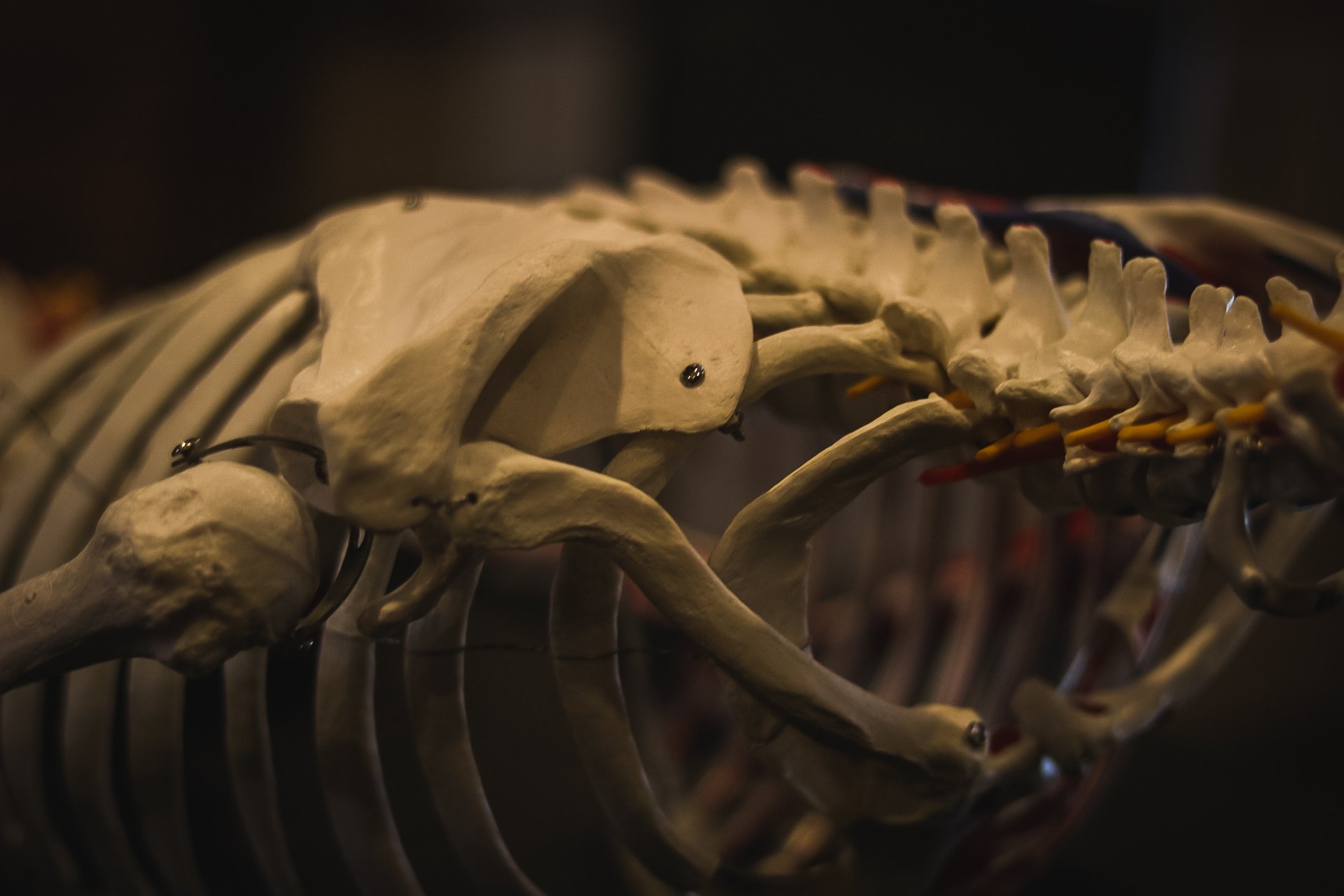Osteopathic Considerations of The Scapula
The scapula, commonly known as the shoulder blade, is a critical bone in the upper body that plays a central role in shoulder function, posture, and upper limb mobility. From an osteopathic perspective, the scapula is far more than just a passive structure—it’s a dynamic hub that reflects and influences the health of the musculoskeletal system as a whole.
Anatomy of the Scapula: A Structural Overview
The scapula is a flat, triangular-shaped bone located on the posterior aspect of the rib cage, typically spanning the 2nd to 7th ribs. It serves as a key attachment point for multiple muscles and articulates with two major bones:
Clavicle at the acromioclavicular (AC) joint
Humerus at the glenohumeral (shoulder) joint
Notably, the scapula does not directly attach to the axial skeleton (spine or ribcage) by bone; instead, it is suspended in a muscular sling. This muscular connection makes the scapula incredibly mobile—but also susceptible to dysfunction.
Muscular Attachments: The Scapular Sling
Over 17 muscles attach to the scapula, including:
Rotator cuff muscles: supraspinatus, infraspinatus, teres minor, subscapularis
Scapular stabilizers: trapezius, serratus anterior, rhomboids, levator scapulae
Arm and neck movers: deltoid, biceps brachii (short head), triceps (long head), omohyoid
These muscles work together to stabilize and move the scapula during arm movements. If even one component of this muscular network is impaired—due to injury, overuse, or postural strain—it can result in scapular dyskinesis (abnormal movement of the scapula), leading to pain or dysfunction in the shoulder, neck, or upper back.
The Scapula in Osteopathic Assessment and Treatment
Osteopathic manual practitioners view the scapula as a gateway to understanding whole-body imbalances. Because of its muscular and fascial relationships, scapular dysfunction can often reflect or contribute to issues elsewhere in the body. Here’s how:
1. Thoracic Spine and Rib Cage
The scapula glides over the rib cage and depends on proper thoracic mobility to move freely. A restricted thoracic spine or rib dysfunction can impair scapular motion, leading to compensatory strain in the shoulder or neck.
2. Cervical Spine
Muscles like the levator scapulae and upper trapezius connect the scapula to the cervical spine. Postural dysfunctions like forward head posture or upper crossed syndrome can increase tension in these muscles, contributing to neck pain, headaches, or tingling in the arms.
3. Brachial Plexus and Neurological Considerations
Tightness in the scalene or pectoralis minor muscles (which can be influenced by scapular positioning) may contribute to compression of the brachial plexus, causing symptoms like numbness or tingling in the upper extremity—a pattern seen in thoracic outlet syndrome.
4. Fascial Connections
The scapula is part of a continuous fascial network that links the upper limb with the spine, neck, and even the pelvis. Dysfunction in the pelvic or lumbar region may be transmitted upward through the fascia, manifesting as altered scapular motion or tension patterns.
Common Scapular Dysfunctions Treated Osteopathically
Scapular winging
Often caused by weakness in the serratus anterior or dysfunction of the long thoracic nerve. Manual therapy and corrective exercises can help restore proper muscle activation and control.Scapulothoracic bursitis
Inflammation between the scapula and rib cage due to friction. Osteopathic treatment may include soft tissue techniques and addressing the biomechanics of the thoracic cage.Impingement syndromes
Improper scapular rotation can cause narrowing in the subacromial space, leading to tendon impingement. Osteopathic work on scapular mechanics and thoracic mobility can provide relief.
Why the Scapula Matters for Whole-Body Health
From an osteopathic point of view, the scapula is like a bridge between the axial and appendicular skeleton —its position and movement reflect what’s happening elsewhere in the body. Addressing scapular imbalances not only relieves shoulder pain but can improve breathing mechanics, reduce neck tension, and enhance whole-body function.
Whether you’re dealing with chronic shoulder discomfort, postural fatigue, or nerve-related symptoms, exploring the health of the scapula may be the missing link in your recovery.
